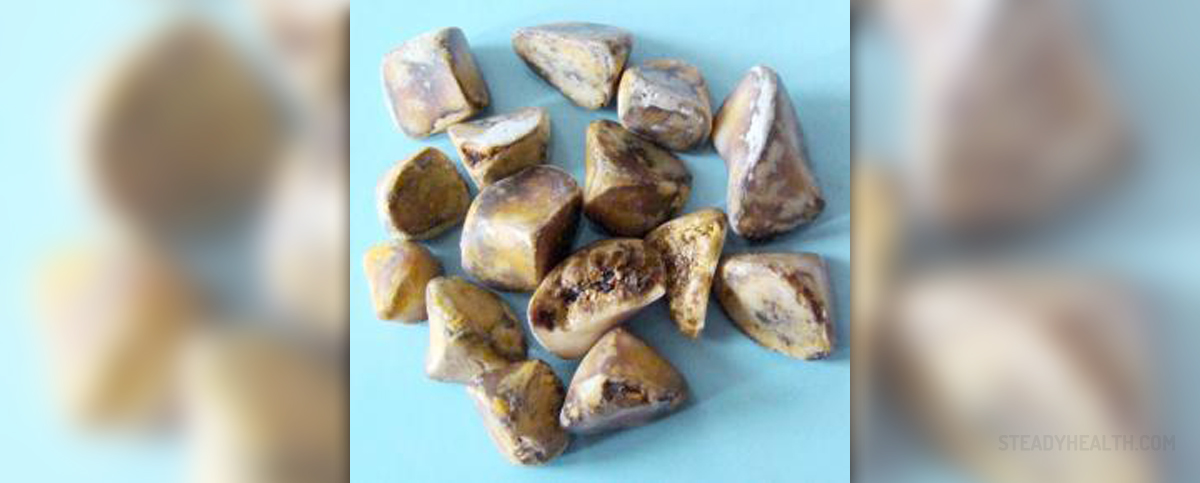
Gallstones are crystalline concentrations formed within the gallbladder. Gallbladder is a small but important organ in the digestive system that serves to store the bile produced by the liver. This hollow organ measures somewhere around 8 cm in length and 4 cm in diameter when fully inflated. It stores about 50 milliliters of bile, which is released into the duodenum, stimulating the secretion of cholecystokinin, a peptide hormone of the gastrointestinal system responsible for stimulating the digestion of fat and protein. Despite this important function, the loss of gallbladder in humans is very well tolerated. Gallstones are formed in the gallbladder, but they commonly pass into other organs of biliary tract: the cystic duct, common bile duct, pancreatic duct, or the ampulla of Vater. Their presence often starts a series of unpleasant health complains, often an inflammatory condition, and various secondary infections, mostly with Escherichia coli and Bacteroides species.
Signs and symptoms of gallstones
For many patients, gallstones are the silent health problem, for many years. These silent stones do not require any treatment, but the patient should be aware that many symptoms will eventually show up once the size of the stones reaches above 8mm in diameter. In most of the cases, patients will get a gallstone attack, characterized by sudden, sharp and intense pain in the upper-right abdomen. The pain is typically accompanied with nausea and vomiting. Other symptoms include bloating, belching, gas and indigestion. The pain will gradually increase for approximately 30 minutes to a couple of hours, while often radiating to the shoulder blades or below the right shoulder. In most of the cases, the gallstone attack will occur during the night and typically after a fatty meal.
Causes of gallstones
The exact cause of gallstones is yet unknown. Doctors believe that in many cases gallstones form when the bile contains too much cholesterol, too much bilirubin, or doesn’t empty correctly. Cholesterol is normally dissolved in the bile, but if it contains higher levels of cholesterol than can be dissolved, the cholesterol may eventually form into crystals. In the similar manner, excessive bilirubin can become crystallized. Bilirubin normally forms when the body breaks down red blood cells. Sometimes, this process results from certain medical conditions such as liver cirrhosis, biliary tract infections and different blood disorders. If the gallbladder doesn’t empty properly, the bile may become very concentrated and form into gallstones.
Females older than 60 years of age are at the highest risk of developing gallstones. Other risk factors include being weight or obese, eating a high fat diet, having diabetes, losing weight very quickly or taking medications for cholesterol or hormone therapy drugs.


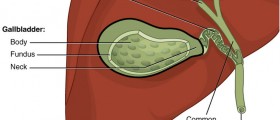
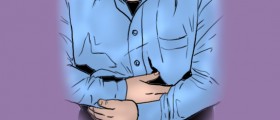
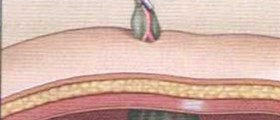


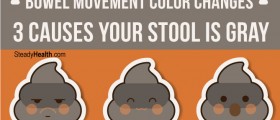



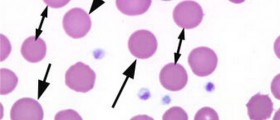
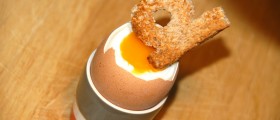



Your thoughts on this
Loading...